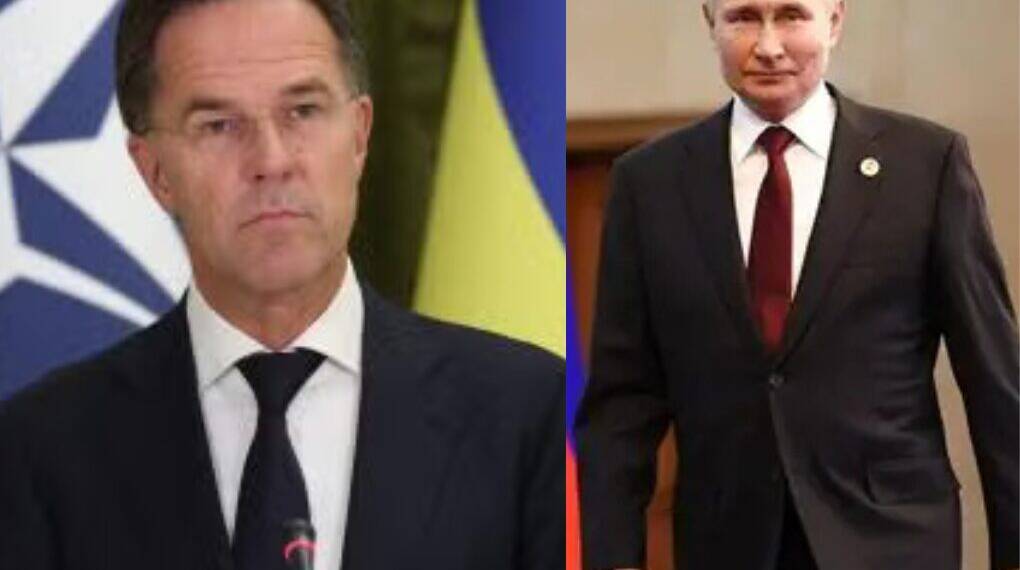NATO has issued a sharp and unequivocal warning to Russia following a series of provocations, including a recent incident where three Russian MiG-31 fighter jets breached Estonian airspace. The Alliance declared its readiness to employ “all military and non-military tools” to defend its member states, signaling a robust response to Russia’s escalating violations.
This incident, which prompted NATO jets to scramble and escort the Russian aircraft out of Estonian territory, underscores growing tensions in the Baltic region and beyond.
According to NATO officials, the breach in Estonian airspace is not an isolated event but part of a disturbing pattern of Russian provocations. Similar violations have been reported in recent months in Finland, Latvia, Lithuania, Norway, and Romania, raising alarms among NATO’s member states.
These incursions, often involving military aircraft flying perilously close to or within NATO airspace, have been interpreted as deliberate attempts by Russia to test the Alliance’s resolve and readiness.
“Russia must have no doubt — our commitment to Article 5 is ironclad,” NATO’s statement read, referring to the cornerstone of the Alliance’s collective defense principle, which stipulates that an attack on one member is an attack on all.
The statement reflects NATO’s determination to counter any aggression, particularly as Russia continues its military activities near the Alliance’s eastern borders. The repeated airspace violations have heightened concerns about potential miscalculations that could escalate into broader conflict, especially amid Russia’s ongoing war in Ukraine.
The incident in Estonia involved NATO fighter jets swiftly intercepting the Russian MiG-31s, which had entered Estonian airspace without authorization. The operation was executed with precision, and the Russian aircraft were escorted out without further escalation. However, NATO officials emphasized that such incidents strain diplomatic relations and undermine regional stability. The Alliance has called on Russia to cease these provocative actions and adhere to international norms governing airspace sovereignty.
In response to the growing threat, NATO has bolstered its air policing missions along its eastern flank, deploying additional resources to monitor and protect member states’ airspace. These missions, which involve fighter jets on constant alert, are a critical component of NATO’s deterrence strategy. The Alliance has also increased joint military exercises and enhanced intelligence-sharing to ensure rapid responses to any future violations.
Meanwhile, Lithuania’s parliament has taken decisive action to strengthen its national security. On the same day as NATO’s warning, Lithuanian lawmakers approved new legislation granting the military greater authority to shoot down drones posing a threat to national airspace. This move reflects the Baltic states’ heightened vigilance, as they face frequent Russian military activities near their borders. Lithuania, along with Estonia and Latvia, has been at the forefront of NATO’s efforts to counter Russian aggression, given its proximity to Russia and its historical experiences with Soviet occupation.
NATO’s warning also carries a broader message: Russia’s provocations will not weaken the Alliance’s support for Ukraine. As Russia’s war in Ukraine continues, NATO member states have reaffirmed their commitment to providing Kyiv with military, financial, and humanitarian aid. The Alliance views Russia’s airspace violations as part of a broader strategy to intimidate NATO and divert attention from its failing campaign in Ukraine. However, NATO remains steadfast, with leaders emphasizing that such actions only strengthen their resolve to support Ukraine’s sovereignty and territorial integrity.
The escalating tensions highlight the fragile security environment in Europe, where NATO’s unity and preparedness are being tested. As Russia continues its aggressive posturing, the Alliance is signaling that it is ready to respond decisively to any threats to its members. With Lithuania’s new rules and NATO’s robust stance, the stage is set for heightened vigilance and potential further measures to ensure regional stability.








